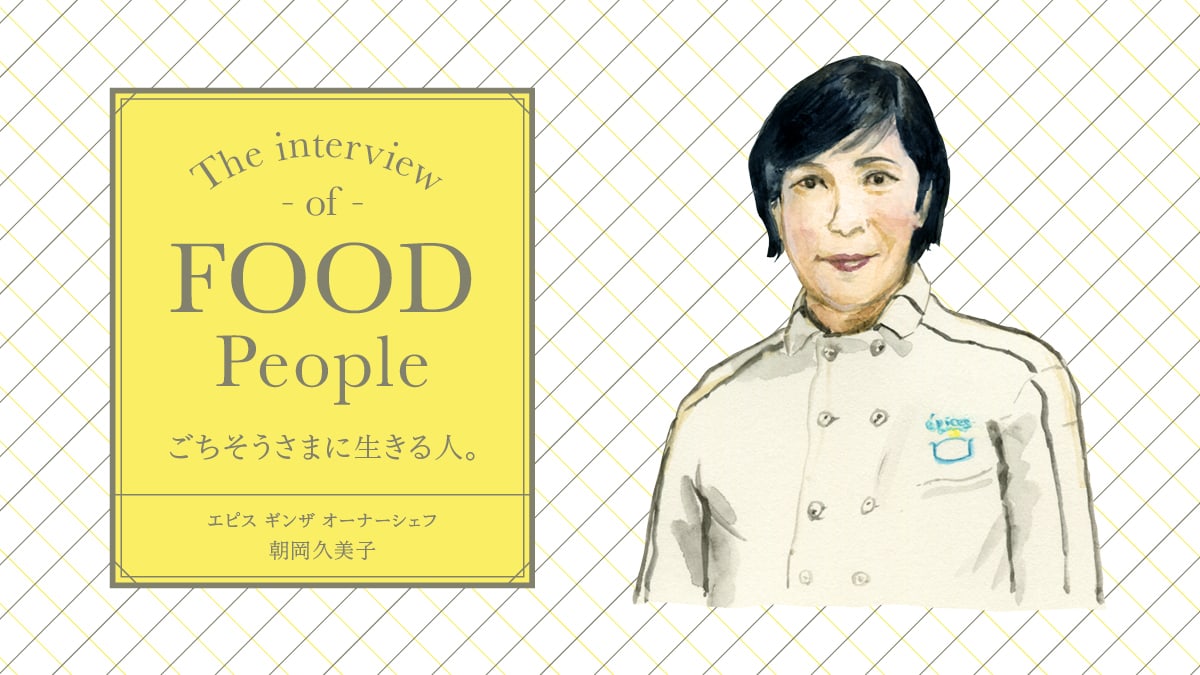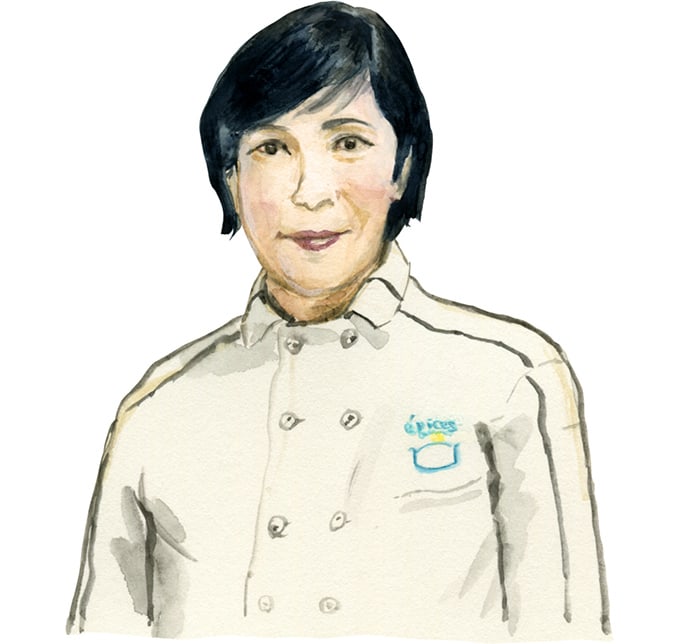I want to convey the appeal of spices to as many people as possible. Although we have more than 100 kinds of spices and serve dishes and sweets from 30 countries, what I really wanted to do was to entertain people with spices. I want to provide a cozy space similar to when I invite people to my home, so I limit the number of couples to one per day, and I only accept referrals.
When a customer arrives at the restaurant, we first talk with him or her to understand his or her day and physical condition before assembling the menu. Then, we bring each dish to the table and explain the spices used in the dish and the background of the dish. Eating" is an act of entrusting one's life to us, so we want to make sure that we put our heart and soul into our dishes. . I think that customers who are accustomed to eating at restaurants would be more pleased if they could have the food cooked for them. I want them to be pleased with this unique and special experience.
At the store, we hold seminars for those who wish to learn the art of blending spices. I myself have been surrounded by spices since I was a child, so now I can blend spices by feel according to the dishes I make and my mood and physical condition, but it is difficult for the average person to blend spices out of the blue. . For example, you may choose pepper according to the dish with your senses. For steak, coarsely ground is good, and for ramen, powdered goes well. . . In the same way, I would like to help people to be able to choose spice blends with their senses.
Japanese people are serious, so they try to memorize recipes and tend to think that there are rules on how to use them, but that is not true, it is really more free. In extreme cases, I always mix spices by feel. . because I am always changing the spice mixture according to my physical condition and the people I am eating with.
However, "freedom" does not mean anything goes. Whether it is curry or sausage, one must know the culture and background of the region where it is made, learn the aroma and characteristics of each spice, and then be able to enjoy the freedom of blending. I believe that without a certain foundation, freedom is not possible.




